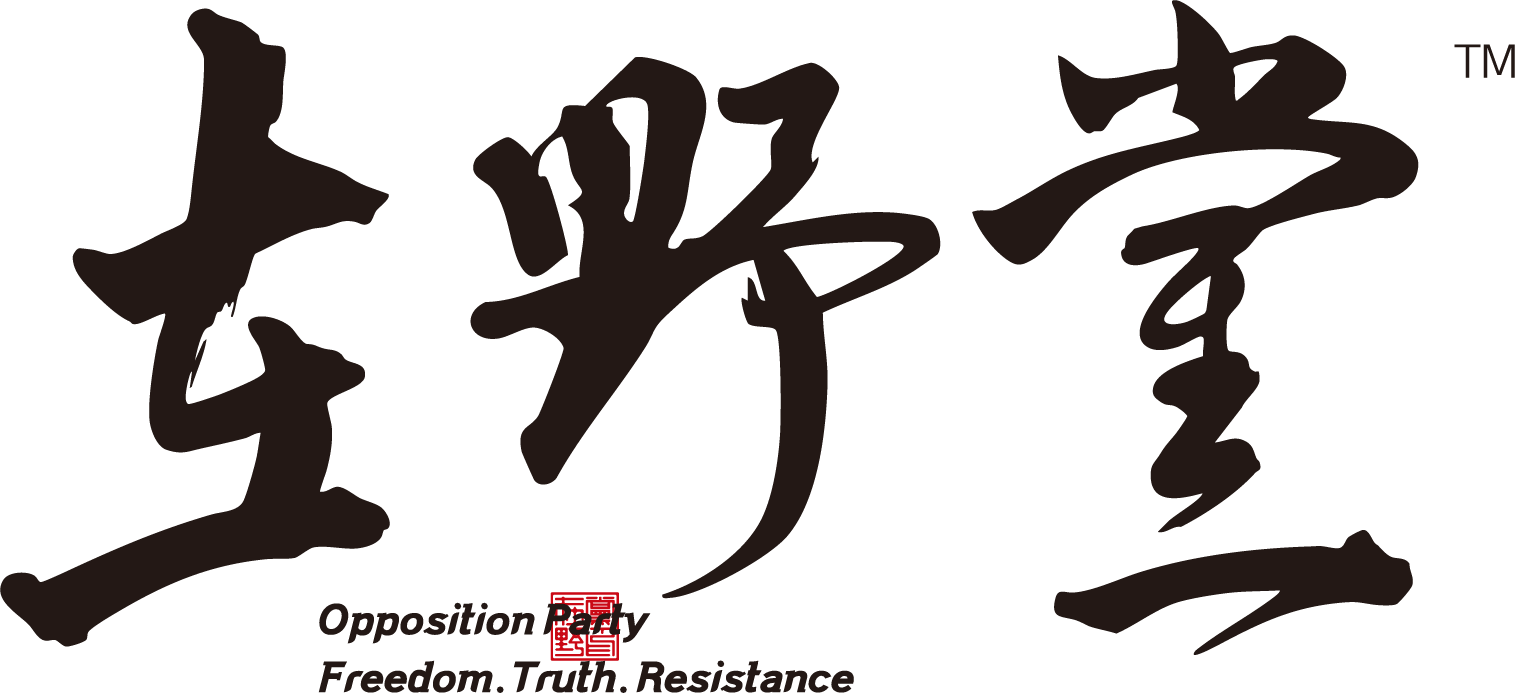作者:张兴贵
编辑:周志刚 责任编辑:罗志飞 翻译:刘芳
极权体制以其高度集中、全面控制和压迫性治理为特征,历史上曾多次深刻影响人类社会。然而,纵观历史,极权体制的崩溃并非源于人民的直接“推倒”,而是体制内部矛盾积累、自我崩溃的自然终结。这种现象是必然的,是由极权体制的内在逻辑和运行机制所决定的。
一、极权体制的内在矛盾
极权体制是一种高度集中的政治体系,强调对社会、经济、文化乃至个人思想的全面控制。它通常依赖强有力的意识形态、严密的组织结构和暴力机器来维持统治。
1.权力过度集中的结构性缺陷
极权体制的核心是权力的绝对集中,通常由单一领袖或小集团掌控所有关键决策。这种结构在短期内能够高效推动政策实施,但在长期运行中暴露出严重缺陷。权力集中导致决策缺乏多元化视角,容易产生战略失误;缺乏有效的制衡机制使得错误无法被及时纠正,下级为了迎合上意往往放大问题,最终形成恶性循环。
2.意识形态僵化与合法性危机
极权体制通常依赖宏大的意识形态来维系其合法性,如共产主义、纳粹主义或民族主义。然而,意识形态的僵化限制了体制的适应性,使其难以应对外部环境的变化,如全球化和技术进步的冲击。
3.信息封闭与反馈机制缺失
极权体制倾向于控制信息流动,压制异议声音,以维护统治稳定。然而,这种信息封闭导致体制无法及时感知外部变化或内部问题,决策者往往生活在虚假的信息泡沫中;信息封闭还导致政策制定缺乏科学依据,长期积累的错误最终动摇体制根基。
4.经济资源分配的低效性
极权体制通常通过中央计划或资源垄断控制经济,但这种模式往往导致资源分配低效、浪费严重;长期的经济困境侵蚀了体制的物质基础,削弱了其对民众的吸引力。
5.社会控制成本的递增
极权体制通过暴力、监控和宣传维持社会控制,但这种控制的成本随着时间推移不断上升。为了压制异议,体制需要投入越来越多的资源用于秘密警察、宣传机器等,最终导致财政不堪重负。社会控制成本的上升不仅耗尽了财政资源,还进一步疏远了民众,使体制的合法性进一步受损。当控制成本超过体制的承受能力时,崩溃成为必然。
二、极权体制自我腐烂的机制
极权体制的崩溃并非突发事件,而是内部矛盾长期累积、腐烂过程逐渐显现的结果。
1.官僚体系的腐化与低效
极权体制依赖庞大的官僚体系执行政策,但官僚体系的扩张往往伴随着腐败和低效。由于缺乏外部监督和竞争,官僚机构倾向于自我保护、推卸责任,导致政策执行力下降。
2.精英阶层的分裂与背叛
极权体制的稳定性高度依赖统治精英的忠诚,但当内部矛盾加剧时,精英阶层往往出现分裂。部分精英可能因利益受损、意识形态幻灭或对体制前景的悲观而选择背叛。这种分裂往往在关键时刻(如经济危机或外部压力)暴露出来,成为崩溃的催化剂。
3.民众的被动抵抗与信任危机
虽然极权体制的崩溃很少是人民直接“推倒”的结果,但民众的被动抵抗在体制腐烂中起到了重要作用。被动抵抗包括怠工、低效劳动、逃避管制等行为,这些行为虽然不直接对抗体制,却显著削弱了其运行效率。同时,民众的信任危机进一步加剧了体制的困境:当民众不再相信体制的承诺,体制的动员能力大幅下降,最终导致其无法有效应对危机。
这些机制相互作用,形成了一个恶性循环:官僚腐败导致经济低效,经济困境引发社会不满,社会不满加剧控制成本,控制成本的上升进一步削弱经济基础,最终导致精英分裂和体制崩溃。
三、极权体制崩溃的启示
极权体制的自我崩溃机制为现代社会提供了深刻启示:
1.权力制衡的重要性
极权体制的过度集中导致其缺乏自我纠错能力,权力制衡的缺失是其腐烂的根源。相比之下,民主体制通过分权和监督机制,能够在一定程度上缓解内部矛盾,延长体制的寿命。
2.经济效率与社会信任
经济效率是体制合法性的重要基础。极权体制的经济低效往往引发社会不满,最终导致崩溃。现代社会需要通过市场化改革和公平的资源分配,满足民众的物质需求,巩固体制的合法性。
3.信息开放与反馈机制
信息封闭是极权体制的典型特征,但这也使其无法适应快速变化的外部环境。开放的信息流动和有效的反馈机制能够帮助体制及时调整政策。全球化时代,封闭的体制难以抵御外部影响。现代社会需要通过开放合作和国际交流,主动适应外部环境的变化,避免因封闭而导致的崩溃。
极权体制的崩溃为现代社会提供了宝贵启示:权力的傲慢与封闭是体制最大的敌人,而开放、包容与自我纠错才是长治久安的基石。任何政治体系要想长久维系,必须建立有效的权力制衡机制、保持经济活力、开放信息流动并赢得社会信任。
The Mechanism of Totalitarian Self-Collapse
Author: Zhang Xinggui
Editor: Zhou Zhigang Managing Editor: Luo Zhifei Translator: Liu Fang
This article analyzes the inevitable collapse of centralized regimes. The inefficiency of resource allocation leads to a heavy socioeconomic burden; bureaucratic self-preservation results in long-term evasion of responsibility; and declining executive capacity and public distrust further accelerate decay. Characterized by extreme concentration of power, pervasive control, and repressive governance, totalitarian systems have profoundly influenced human history. Yet, their downfall rarely comes from direct popular overthrow but rather from internal contradictions that accumulate until the system collapses under its own weight. This outcome is inevitable—determined by the system’s intrinsic logic and operational mechanism.
I. The Internal Contradictions of Totalitarianism
Totalitarianism is a highly centralized political system that seeks complete control over society, the economy, culture, and even individual thought. It relies on a powerful ideology, a rigid organizational structure, and a machinery of violence to sustain its rule.
1. Structural Defects of Excessive Power Concentration At its core, totalitarianism rests on absolute concentration of power, often in the hands of a single leader or a small clique. While this can produce short-term efficiency, it eventually reveals fatal flaws. Concentrated power excludes diverse perspectives, increasing the risk of strategic mistakes. Without effective checks and balances, errors go uncorrected, while subordinates exaggerate or distort information to please superiors—creating a vicious cycle.
2. Ideological Rigidity and the Crisis of Legitimacy Such regimes depend on grand ideological narratives—communism, Nazism, nationalism—to justify their legitimacy. Yet rigid ideology undermines adaptability, leaving the regime ill-equipped to respond to global or technological changes.
3. Information Control and Lack of Feedback Totalitarian governments suppress dissent and tightly control information to maintain stability. This information blockade blinds decision-makers to reality, trapping them in echo chambers of false data. As errors accumulate without correction, the system’s foundations weaken.
4. Inefficiency in Resource Allocation Centrally planned or monopolized economies often suffer from inefficiency and waste. Over time, chronic economic stagnation erodes the material base of the regime and diminishes its appeal to the public.
5. Escalating Costs of Social Control Maintaining control through surveillance, propaganda, and coercion becomes increasingly expensive. The resources required for secret police and state media grow unsustainable, draining the treasury and alienating citizens. When the costs of control exceed what the regime can bear, collapse becomes inevitable.
II. The Mechanisms of Internal Decay
Totalitarian collapse is rarely sudden; it is the cumulative result of long-term internal decay.
1. Bureaucratic Corruption and Inefficiency The bureaucratic apparatus expands alongside corruption. Lacking external oversight, officials prioritize self-preservation and avoid accountability, undermining policy enforcement and administrative effectiveness.
2. Elite Division and Betrayal Regime stability depends heavily on elite cohesion. But when internal conflicts intensify, divisions emerge. Disillusioned elites—disadvantaged by policy shifts or disenchanted by ideology—may defect. These fractures often surface in crises such as economic downturns or foreign pressure, acting as catalysts for collapse.
3. Passive Resistance and Public Distrust While citizens seldom directly overthrow totalitarian regimes, their passive resistance—through inefficiency, apathy, or quiet noncompliance—gradually erodes state capacity. As trust in the regime vanishes, its mobilization power diminishes, leaving it incapable of crisis response.
These forces reinforce each other: bureaucratic corruption leads to economic stagnation; economic hardship breeds public discontent; discontent inflates the costs of repression; repression drains economic resources; and resource depletion sparks elite fragmentation—culminating in systemic collapse.
III. Lessons from Totalitarian Collapse
The self-destruction of totalitarianism offers enduring lessons for modern governance:
1. The Necessity of Checks and Balances Excessive concentration of power destroys a system’s self-correcting capacity. Balanced institutions, competition, and accountability mechanisms are essential for resilience.
2. Economic Efficiency and Social Trust Economic performance underpins legitimacy. Sustained inefficiency fosters social unrest. A just, market-oriented economy that meets citizens’ needs strengthens stability.
3. Transparency and Feedback Information openness enables timely policy adjustment. In a globalized world, isolation invites failure. Openness, cooperation, and international engagement are antidotes to systemic stagnation.
Conclusion The collapse of totalitarian regimes teaches that arrogance and isolation are the greatest enemies of power. Enduring stability rests not on repression but on openness, inclusiveness, and self-correction. For any political system to survive, it must institutionalize balance, sustain economic vitality, embrace transparency, and earn the trust of its people.


张致君中共的十字架人质战略-rId7-720X1032.jpeg?w=218&resize=218,150&ssl=1)

张宇-rId7-1266X950.png?w=218&resize=218,150&ssl=1)
赵雪峰-rId5-1050X862.jpeg?w=218&resize=218,150&ssl=1)



